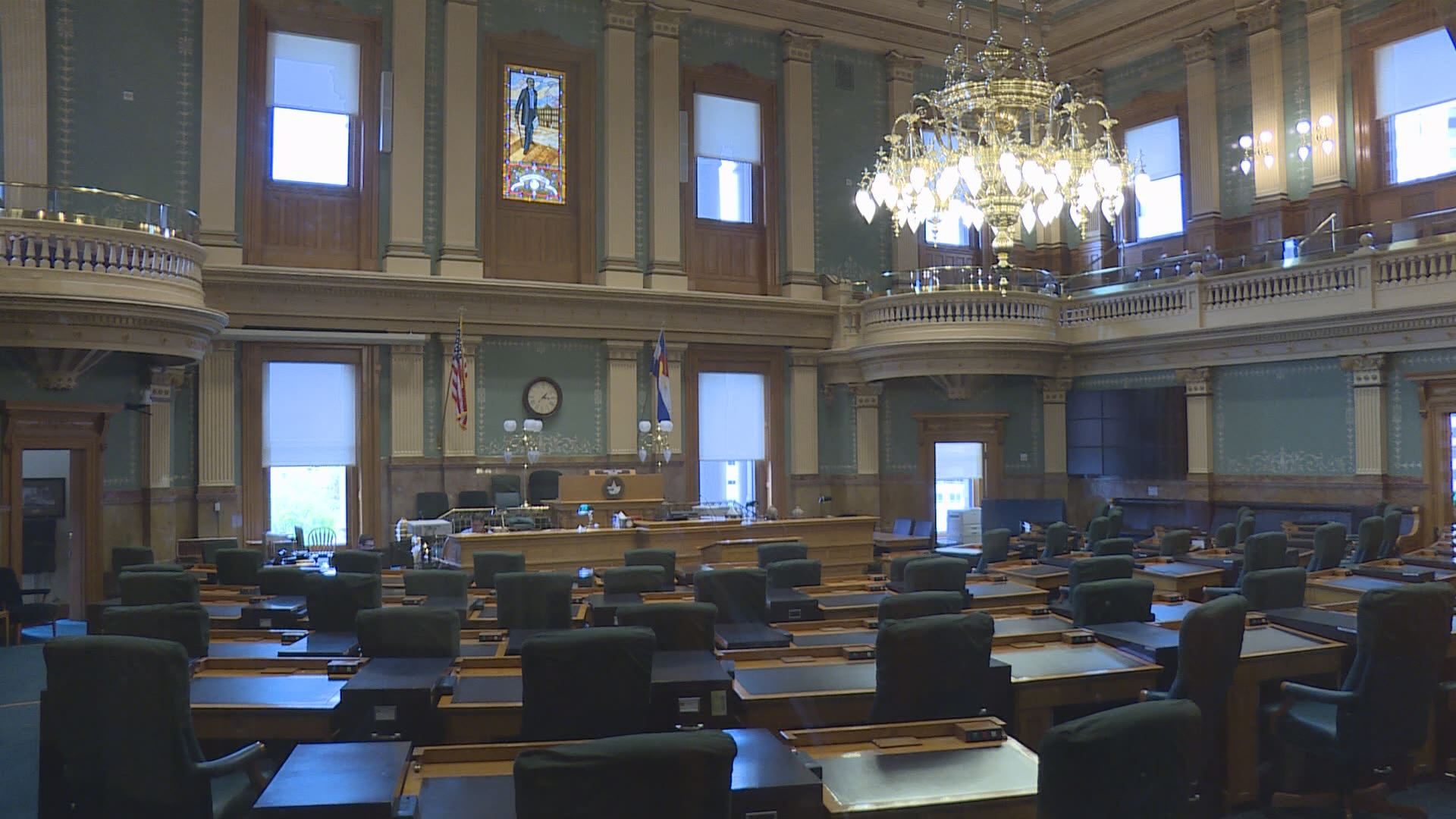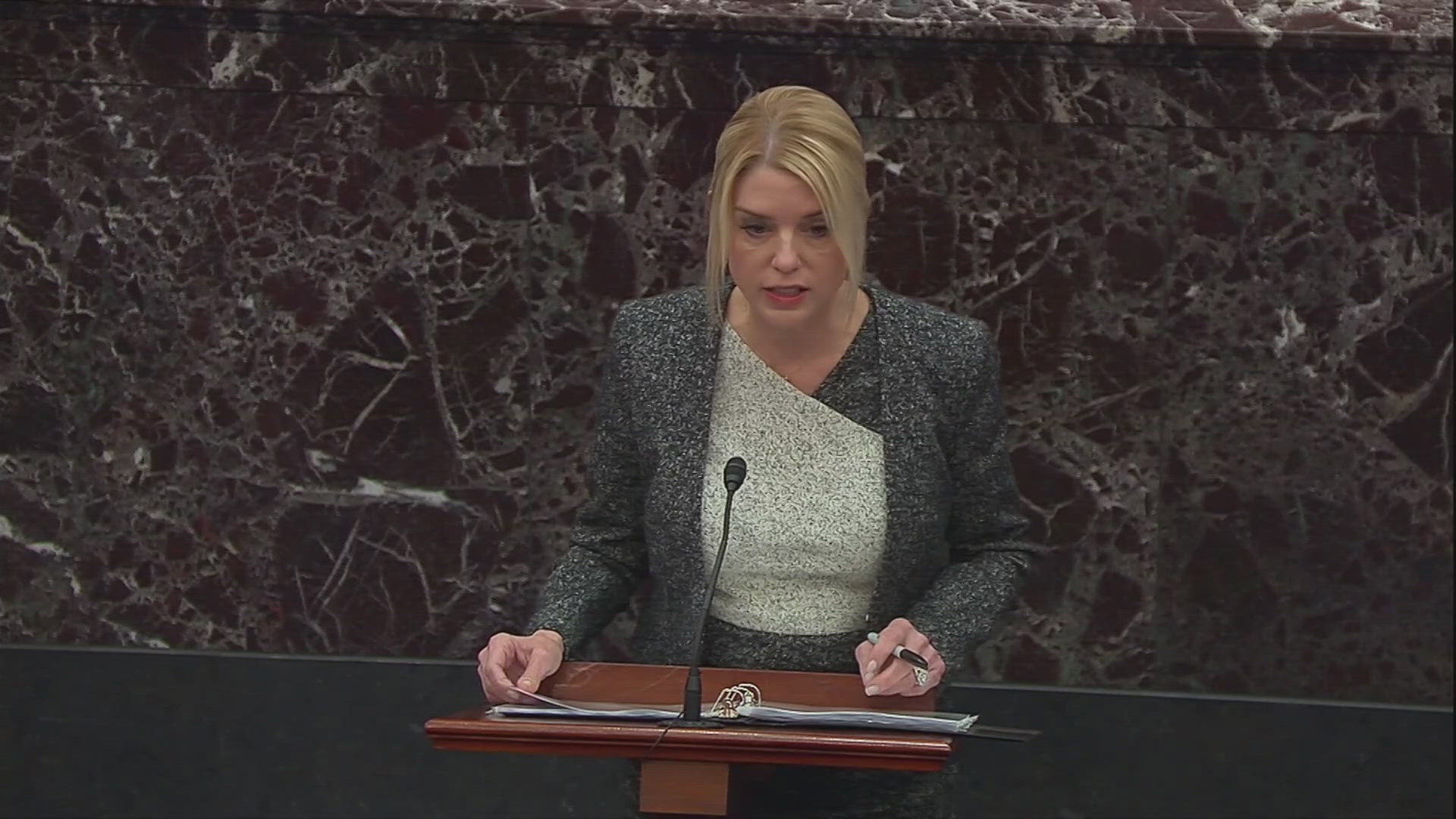The first day of any legislative session is known more for its pomp and circumstance than its substance.
But speeches from leaders of the Colorado Senate and House of Representatives provided some fact-checkable numbers.
These data points also give Coloradans an idea about laws their legislators want to pass or change in 2018.
CLAIM: Almost half of Coloradans have no employer-sponsored or personal retirement plan.
VERDICT: TRUE
House Speaker Crisanta Duran (D-Denver) was referencing numbers from a 2015 AARP Colorado survey. It found 46 percent of private sector employees in Colorado work for employers that don’t offer a retirement plan. And the percentage goes up as the number of employees in a business goes down.
“In raw numbers, about 524,000 small-business employees do not have access to a retirement plan compared with about 384,000 in businesses with 100 or more workers,” according to the report.
The General Accountability Office got similar results when it surveyed Americans about their retirement savings in 2013.
“About half of households age 55 and older have no retirement savings (such as in a 401(k) plan or an IRA),” according to the GAO report.
Duran said she wants to change those numbers, but whether she’ll be successful is another story.
Democrats tried to pass a bill last session that would have created state-sponsored retirement accounts for people who don’t have them through their employer, but the bill died in the Republican-controlled Senate.
Republican lawmakers questioned whether a state plan was necessary since a multitude of private retirement plan options already exist.
CLAIM: Colorado’s population is growing by more than 180 people per day.
VERDICT: CLOSE
This statement, also by Speaker Duran, isn’t wrong. The number is more—a decent bit more.
“The House Speaker’s numbers were pretty close to on target,” Colorado state demographer Elizabeth Garner said.
Colorado’s population grew on average by 245 people per day in 2016—that figure includes births, deaths and people moving in and out of the state.
Garner doesn’t have an official number for 2017 yet, but it’s looking like the growth slowed—somewhere on the order of about 203 more people per day.
Duran used this number to highlight past legislation that’s helped the state absorb this influx of people and to tell her chamber that more work needs to be done.
She mentioned transportation, wages and workforce training as areas for improvement in 2018.
CLAIM: Colorado has more drivers but less transportation spending per capita
VERDICT: TRUE
Senate President Kevin Grantham made this statement while laying out his case for spending more money on roads and bridges.
“Between 1991 and 2015, the number of drivers on our roads increased from 3.3 million to 5.4 million, and projections estimate 7.8 million by 2040,” Grantham said. “Unfortunately, our investment in this vital infrastructure has fallen from $125.70 per person to just $68.94 per person.”
Grantham got these numbers from the Colorado Department of Transportation.
Republicans and Democrats agree that Colorado needs to spend more money on transportation, but they can’t seem to agree on where that money should come from. A so called “grand bargain” on transportation fell apart during the 2017 session.
CLAIM: The Public Employees Retirement Association has $55 billion unfunded liability
VERDICT: DEBATABLE
Grantham brought this figure up to bolster support for the GOP’s desire to overhaul PERA, the pension program for public workers in Colorado.
The amount of money the state owes its current and future retirees—that it may not actually have available-- varies depending on who you ask.
In June 2017, PERA released financial projections showing its unfunded liability at $32.2 billion.
But the Governmental Accounting Standards Board thinks the state owes $50.8 billion.
But neither estimate is certain. The numbers are different because they each make different assumptions of the amount of return PERA will earn on its investment portfolio.
Grantham acknowledged this discrepancy during his speech.
“The fact that we don’t exactly know how much trouble we are in also shows the need for more transparency in PERA’s finances,” Grantham said.
Like transportation funding, fixing PERA is something every lawmaker says they want to do. The trouble is getting everyone to agree on how to do it.


